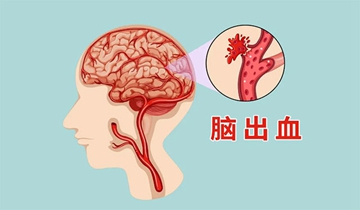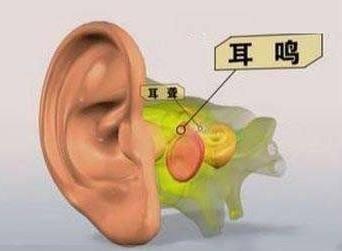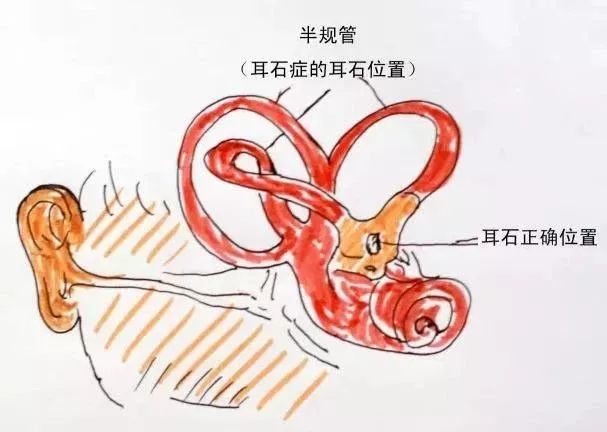<!DOCTYPE html>
Understanding Vertigo: The Unexpected Ear DisorderWhat is Vertigo?
Vertigo is a term often used to describe a spinning or whirling sensation, but it can also involve feelings of lightheadedness, unsteadiness, and a sense that the patient or their surroundings are moving. It's a common symptom that can be caused by various conditions, with one of the most unexpected and sometimes frightening being inner ear眩晕症 (inner ear vertigo). This condition affects the inner ear, which is responsible for maintaining balance and spatial orientation.
Causes of Inner Ear Vertigo
Inner ear眩晕症 can arise from several conditions, the most common being Benign Paroxysmal Positional Vertigo (BPPV). This occurs when small calcium particles in the inner ear become dislodged and float into one of the semicircular canals. Other causes include labyrinthitis, which is an inflammation of the labyrinth, and Meniere's disease, a disorder characterized by episodes of vertigo, hearing loss, ringing in the ears (tinnitus), and a feeling of fullness in the affected ear.
Labyrinthitis can be caused by a viral infection, while Meniere's disease is believed to result from a combination of factors including fluid buildup in the inner ear, immune system problems, and genetic predisposition.
Symptoms of Inner Ear Vertigo
The symptoms of inner ear眩晕症 can be quite distressing. They typically include:
- A spinning or whirling sensation, often referred to as "dizziness," which can be severe enough to cause nausea and vomiting.
- A loss of balance or feeling unsteady, which can lead to falls or difficulty walking.
- A sensation that objects are moving or spinning, or that the patient is moving when they are stationary.
- Changes in hearing, such as partial or total hearing loss in the affected ear.
- A constant ringing or buzzing sound in the ear (tinnitus).
Symptoms can vary in intensity and duration, ranging from short, intense episodes to long-lasting, persistent vertigo.
Diagnosis of Inner Ear Vertigo
Diagnosing inner ear眩晕症 can sometimes be challenging, as it requires a thorough medical history and a series of tests. A doctor may perform a physical examination, including tests to check balance and gait. They may also conduct the following tests:
- Hearing tests to assess any hearing loss or damage to the inner ear.
- The Epley maneuver, a series of movements designed to reposition the displaced calcium particles in BPPV.
- The Romberg test, which evaluates balance by asking the patient to stand with eyes closed and feet together.
- Imaging studies like MRI or CT scans, although these are not commonly used for diagnosing inner ear眩晕症.
Treatment Options
Treatment for inner ear眩晕症 depends on the underlying cause and the severity of symptoms. Here are some common treatment approaches:
- Repositioning maneuvers: For BPPV, the Epley maneuver or similar techniques are often used to reposition the displaced calcium particles.
- Medications: Antihistamines, antiemetics, and sedatives may be prescribed to manage symptoms like nausea, vomiting, and dizziness.
- Physical therapy: Balance retraining exercises can help improve stability and reduce the risk of falls.
- Lifestyle changes: Avoiding triggers that may cause episodes of vertigo, such as certain head positions, and managing stress can help reduce symptoms.
- Other treatments: In some cases, surgery may be recommended, particularly if other treatments fail or if there is a risk of serious complications.
Prevention and Management
While it's not always possible to prevent inner ear眩晕症, especially in cases like BPPV, there are steps individuals can take to manage their condition
转载请注明来自江苏嘉汇再生资源利用有限公司,本文标题:《突发内耳眩晕症,内耳眩晕症有可能自愈吗 》












 蜀ICP备2022005971号-1
蜀ICP备2022005971号-1
还没有评论,来说两句吧...